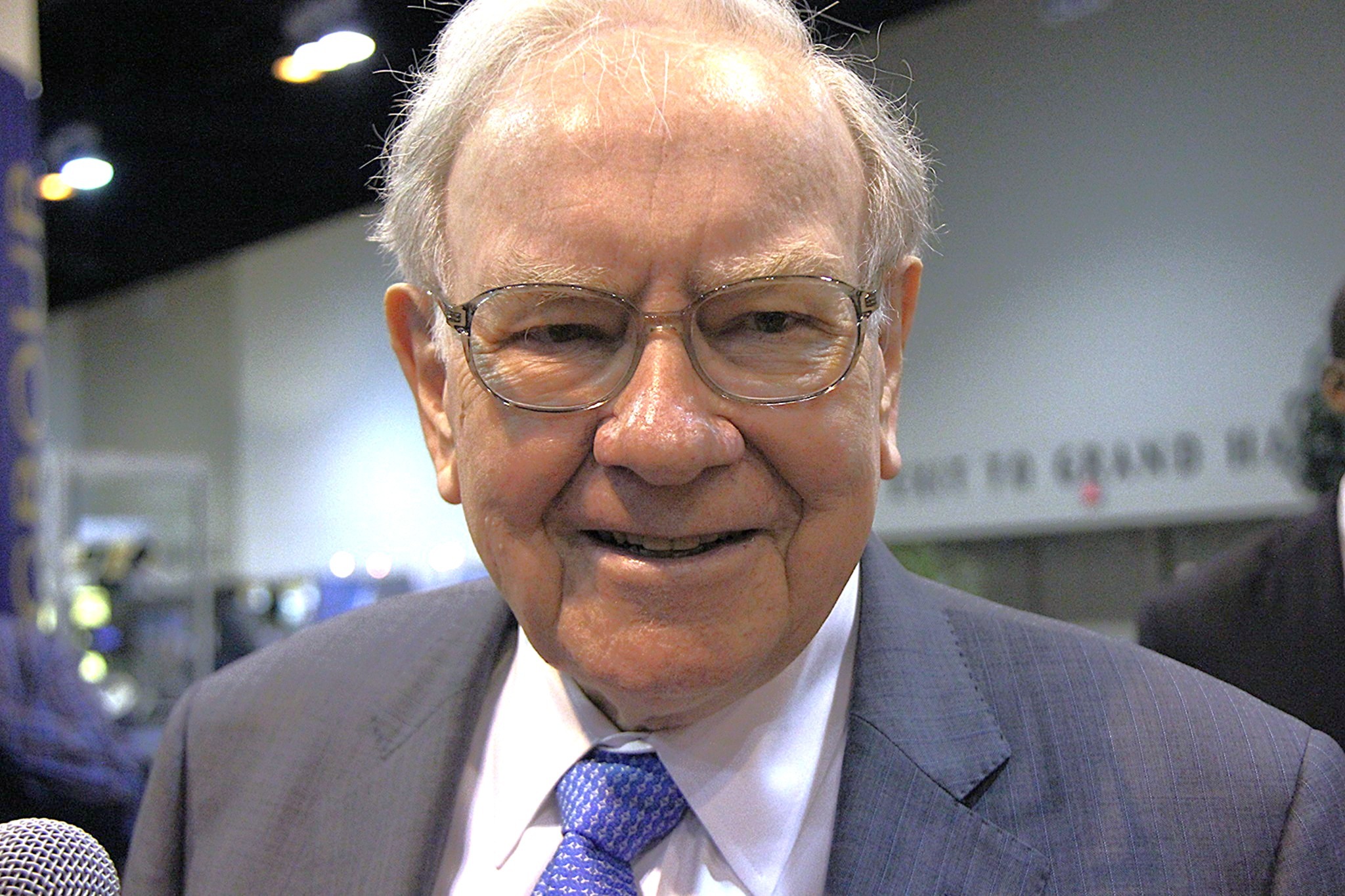The Vanguard S&P 500 ETF (VOO 1.08%) is one of the most popular investment funds in the world. There are good reasons for that. Not only is Vanguard the company behind the first-ever index fund, but its management team also has a strong track record of closely matching index returns, all while charging very little in fees.
If you want to track the returns of the S&P 500, there aren't many better options. But Vanguard's experts have a word of warning for people thinking about putting all of their investable cash to work in the popular ETF. They see much better opportunities for long-term investors in three other Vanguard funds.

Image source: Getty Images.
Better returns with less risk
Vanguard publishes updates to its time-varying asset allocation (TVAA) portfolio every quarter. The model portfolio is based on its analysts' capital markets model, which projects 10-year annualized returns for different asset classes. The company then creates a portfolio designed to produce higher expected risk-adjusted returns than the standard portfolio with a 60/40 ratio of stocks to bonds.
The big problem Vanguard's analysts see with the S&P 500 ETF is that the large-cap index is expensive right now. The index's forward price-to-earnings (P/E) ratio of 22.1 is a historically high reading. The CAPE ratio has recently reached levels unseen since the dot-com bubble. Meanwhile, interest rates have stayed higher for longer. As a result, the risk premium for equities over fixed income has nearly evaporated.
Vanguard's analysts expect U.S. equities to return between 3.3% and 5.3% per year over the next decade. Their expectation for growth stocks is even lower, at just 1.9% to 3.9% per year. Meanwhile, they see the aggregate U.S. bond market returning somewhere between 4% and 5% per year on average.
As a result, Vanguard's TVAA portfolio has flipped the traditional asset allocation on its head -- and then some. The company says that 70% of the portfolio should be dedicated to fixed income. The other 30% should go toward stocks, heavily weighted toward specific segments of the market.
Here are the ETFs Vanguard recommends you add to your portfolio, based on the potential for better risk-adjusted returns.
Getting your fix of fixed income
The most recent update to the TVAA model portfolio puts a heavy weighting on bonds, split into multiple classes. But the bulk of the weight comes from just two sources, for which you can easily use Vanguard ETFs.
The first is the Vanguard Total Bond Market ETF (BND 0.31%), which tracks investment-grade U.S. bonds. The model portfolio dedicates 37% of assets to that class.

NASDAQ: BND
Key Data Points
As mentioned, the analysts see better average returns for the U.S. aggregate bond market over the next decade, with less variability in those returns compared to equities. That's backed up by the fact that the Total Bond Market ETF sports a yield to maturity of 4.7% right now. And while many expect interest rates to come down over the next few years, the average effective maturity is over eight years. Declining interest rates will boost the value of current bond holdings in the fund. That's somewhat offset by the fact that the fund manager will have to reinvest coupons and investor inflows into lower-rate bonds.
The analysts expect even more from the bond markets outside of the United States; they forecast average annual returns between 4.3% and 5.3%. However, the TVAA only allocates 21% of the portfolio to this asset class.

NASDAQ: BNDX
Key Data Points
Indeed, the Vanguard Total International Bond ETF (BNDX 0.06%) sports a yield to maturity of 5.1%. And with an average effective maturity date of 8.6 years, investors can expect average annual returns around that pace for at least a few years, if not the entirety of the next decade. What's more, it uses a hedging strategy to mitigate foreign-exchange risk for U.S.-based investors.
The international bond ETF looks like a great option to gain some diversification from U.S. markets. However, if you're based in the United States, it makes sense to weight the U.S. index more heavily in your portfolio. Other factors in your financial life (like any debt you have) will likely mitigate the risk of holding more bonds denominated in U.S. dollars.
Where to find solid long-term returns in today's stock market
While the Vanguard S&P 500 ETF will give you exposure to U.S. stocks representing roughly 80% of the investable market, Vanguard prefers to use factor tilting for the TVAA model portfolio.
Right now, the S&P 500 is heavily favoring growth stocks, with the largest members of the index classified as such. However, the Vanguard analysts see better returns over the next decade coming from U.S. value stocks. As mentioned, they expect growth stocks to return a paltry 1.9% to 3.9% per year over the next decade. Value stocks, on the other hand, could return between 5.8% and 7.8% per year, according to Vanguard's model. As a result, the TVAA model portfolio put 11% (out of the 30% stock allocation) into U.S. value stocks.
You can follow suit by buying the Vanguard Value ETF (VTV 0.33%). This fund passively tracks a U.S. large-cap value-stock index, and charges a minimal expense ratio.

NYSEMKT: VTV
Key Data Points
Value stocks look particularly appealing right now, as the valuation gap between value and growth stocks has reached levels unseen since the dot-com bubble. Value stocks also offer significant downside protection, relative to the rest of the market, in the case of a market correction or crash. The value stock ETF comes with the added benefit of broader diversification relative to the S&P 500 index fund, which has grown extremely concentrated in just the top few holdings.
If you're looking to add a stock index fund to your portfolio, consider the Value ETF from Vanguard before adding more to the growth-tilted S&P 500 ETF.
That said, there's no need for most people to tilt their portfolios so heavily toward the TVAA model portfolio's recommendation for 70% fixed income. Equities have consistently produced stronger long-term returns than any other asset class throughout history. As long as you won't need the principal you invested over the next few years, keeping more stocks than bonds in your portfolio is a smart move. But for most investors, a slight nudge toward more fixed-income may be a more appropriate move.






